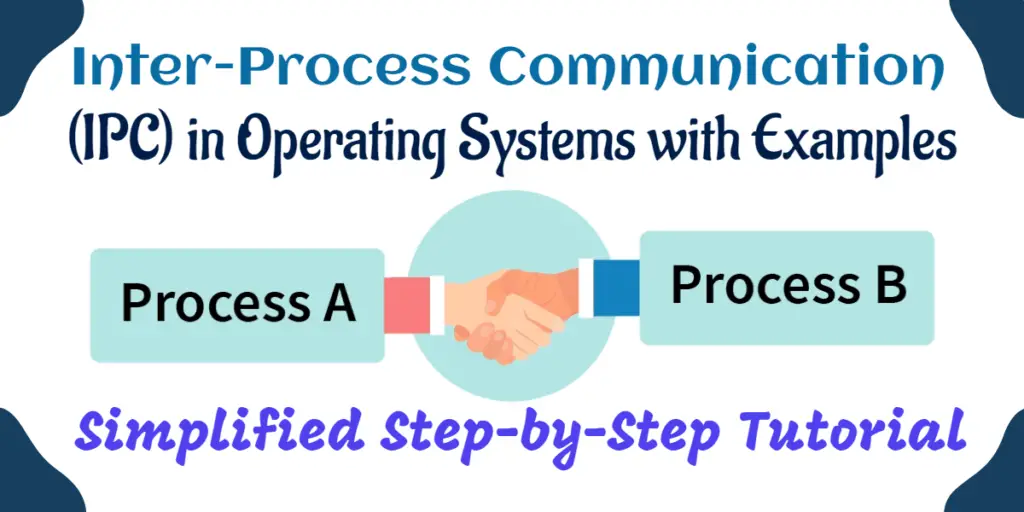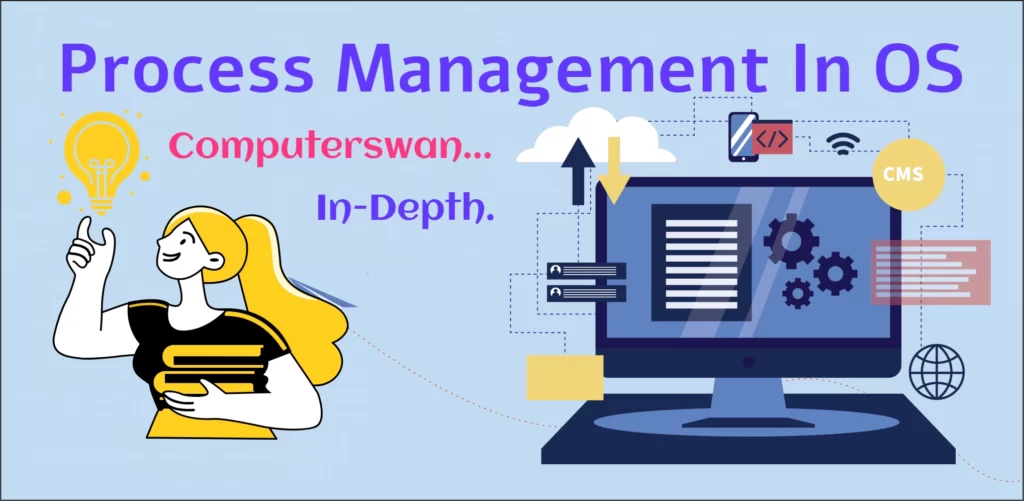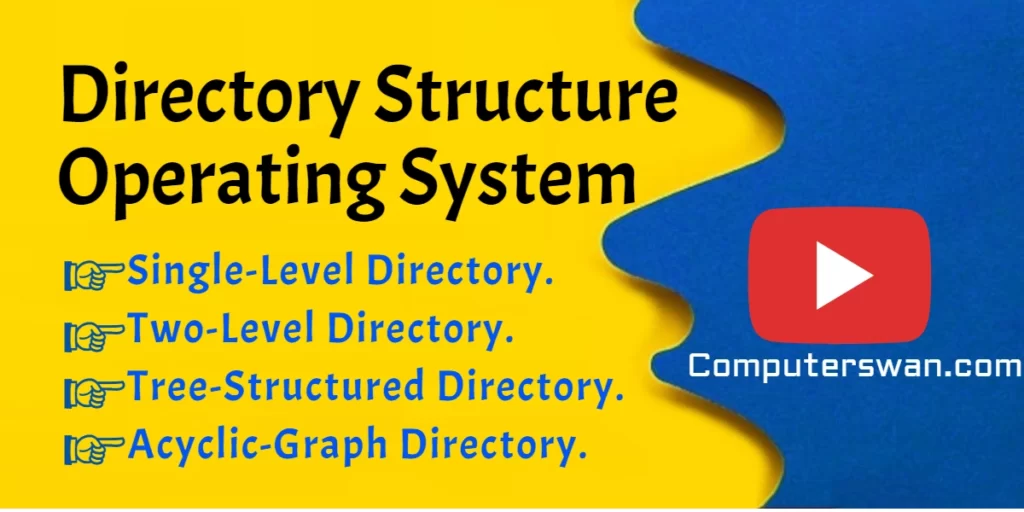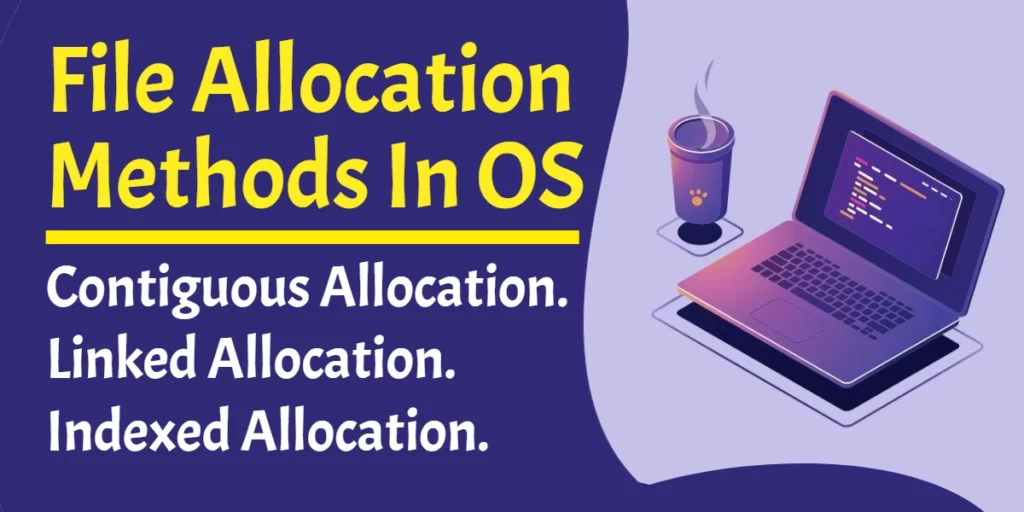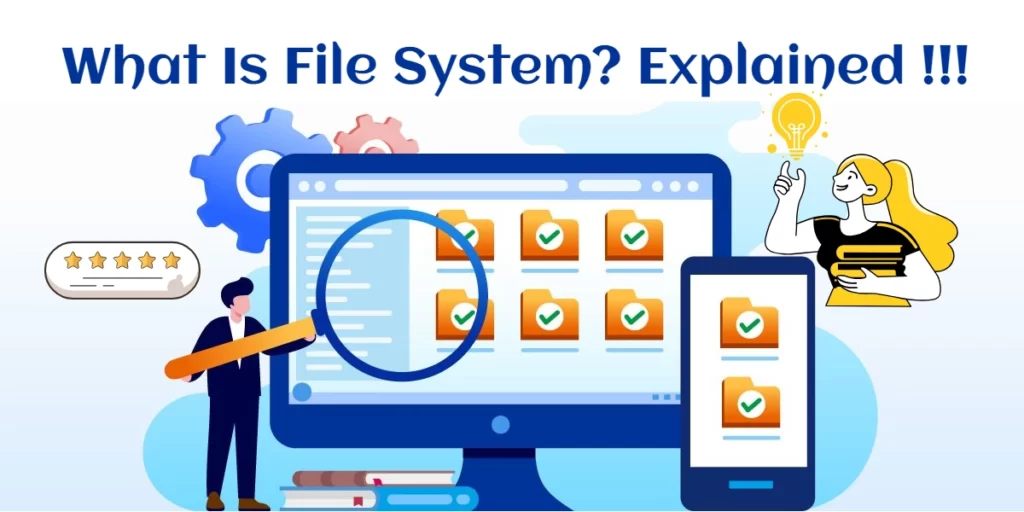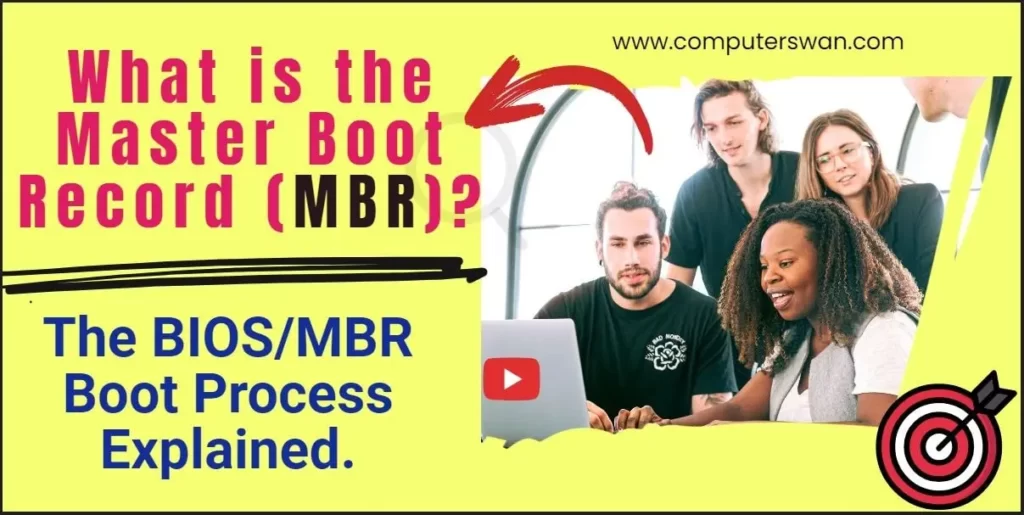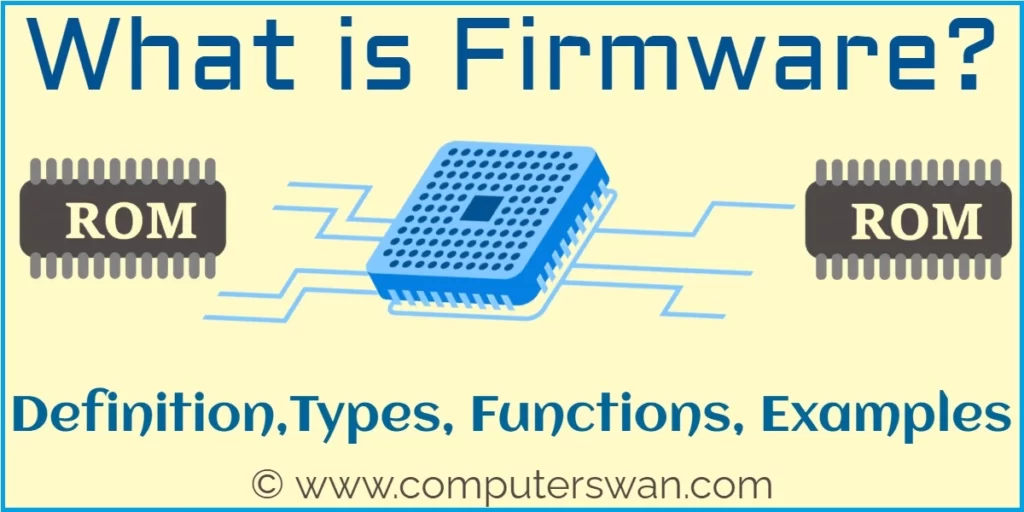Race Condition In OS | Race Condition Examples
What is a Race Condition In OS : A race condition in operating systems, often referred to as “race condition in OS,” occurs when a system attempts to execute two or more operations simultaneously, requiring a specific sequence for correct completion. This phenomenon, encapsulated in the term “Race Condition,” emerges when different processes or threads engage […]
Race Condition In OS | Race Condition Examples Read More »


